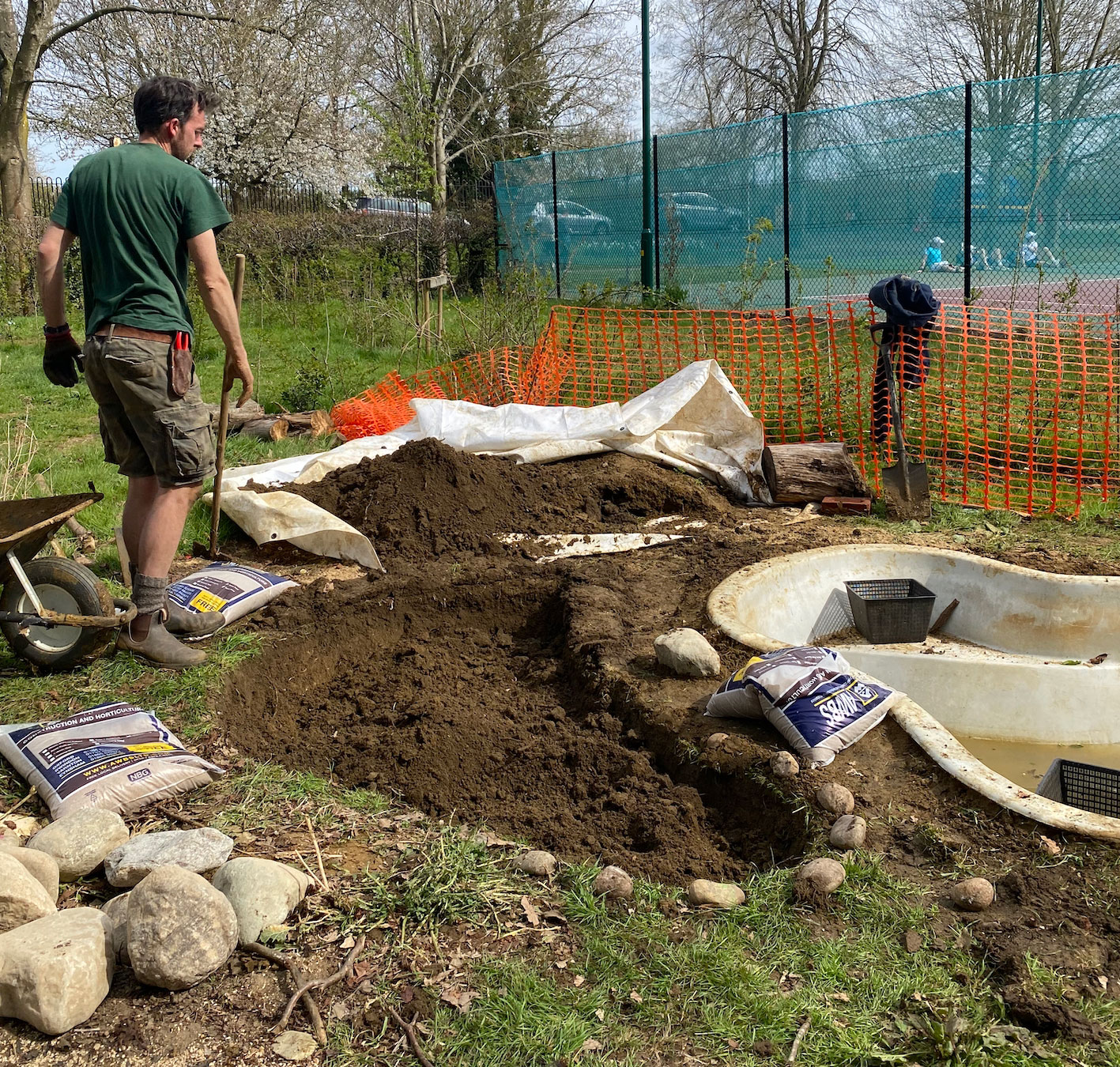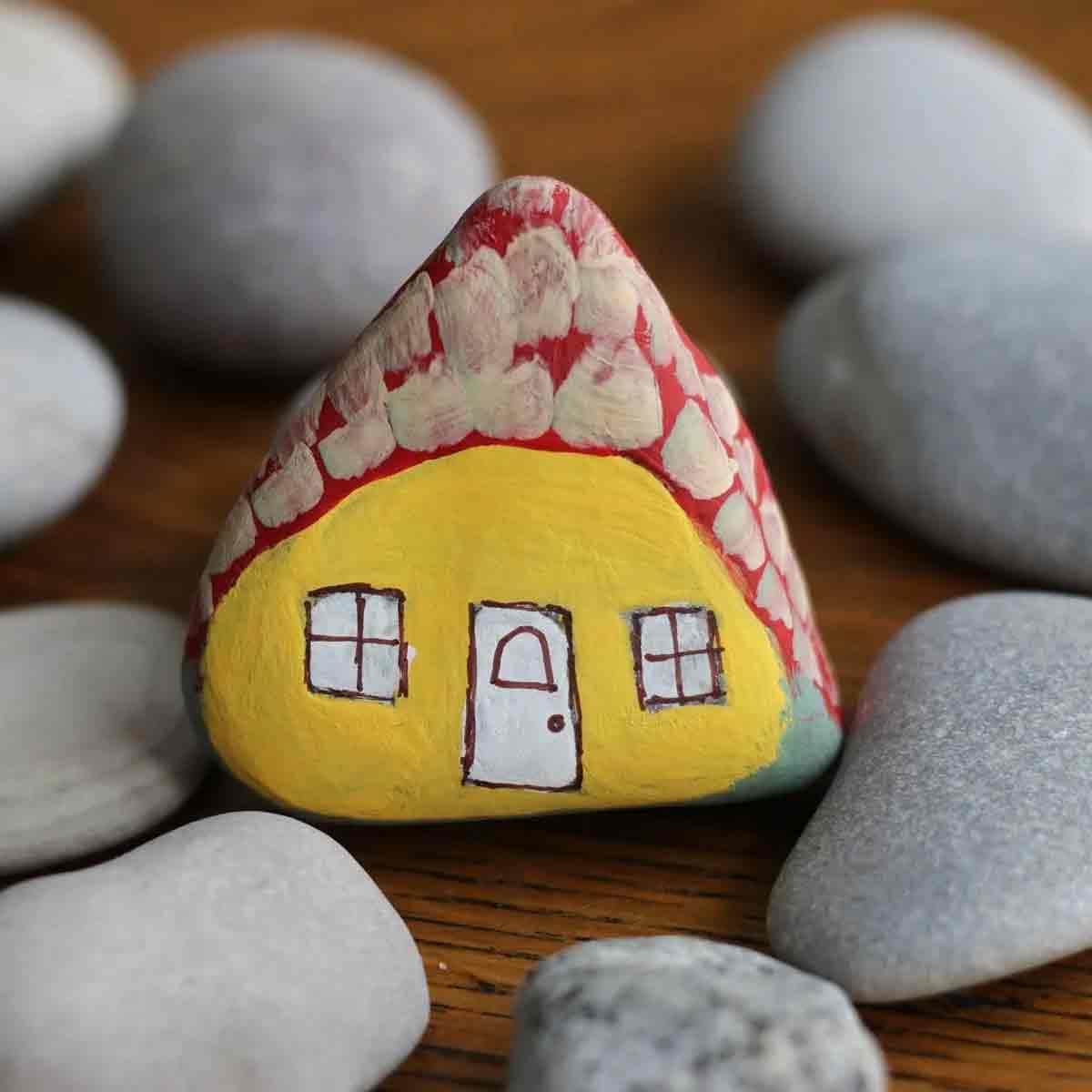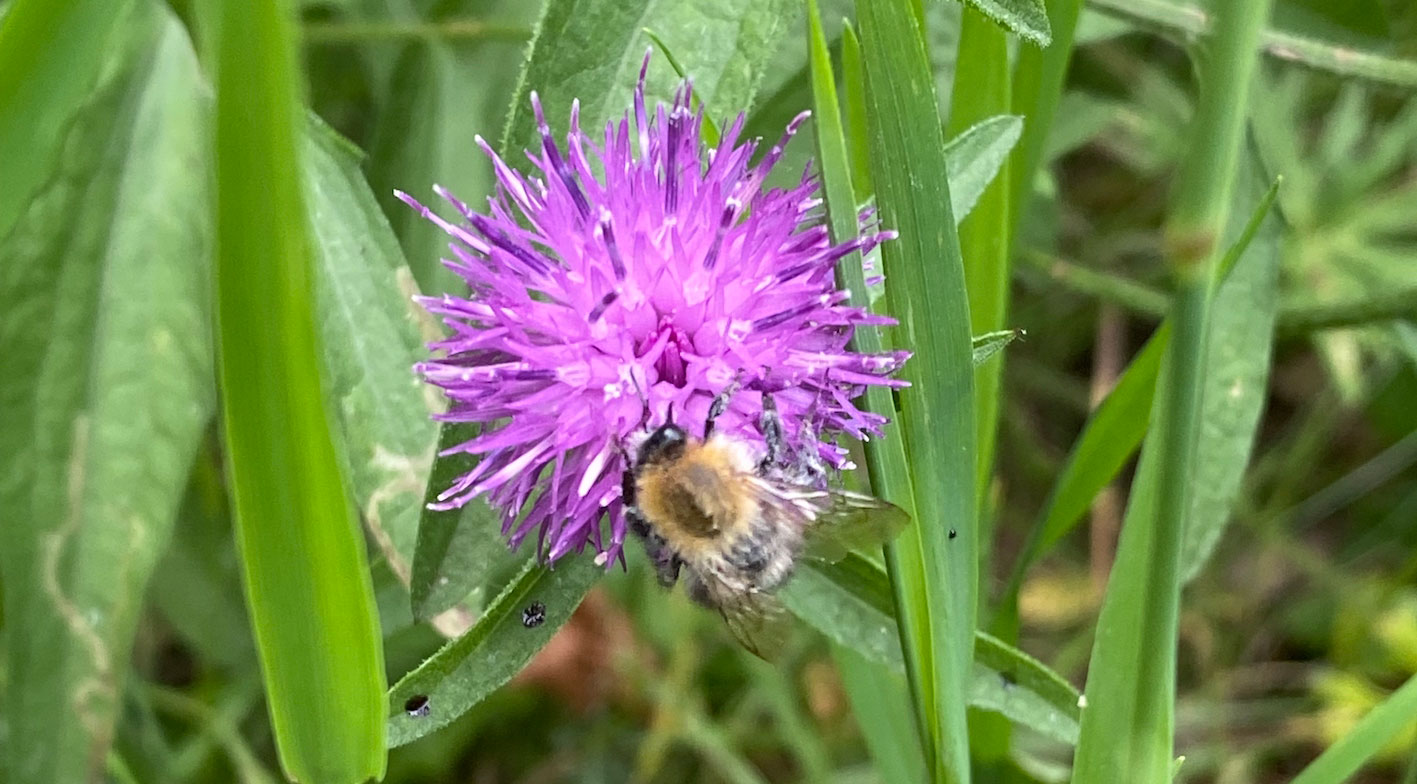Heather and her grandad are crawling around on the grass, lifting stones and turning
over logs. Held tightly in Heather’s hand is small transparent bug box. With a
delighted shout she points at a shiny black beetle, just like the one they had been
looking at with Hayleigh from The Natural History Museum in Oxford earlier that
morning. Carefully, carefully, the bug is scooped into the transparent box and held
up to the light. The rest of the group gather round to look at the find, Hayleigh comes
over to identify and log it. The Kindred Collective, an inter generational group, weekly
users of NaturEscape are just completing their second monthly session with the
HOPE project at the Natural History Museum in Oxford. NaturEscape has been
‘officially open’ 8 months now.



12 months before…
Friday 29 January 2021
It is a cold and wet January day, just a few weeks after the country had been
plunged into its second severe lockdown. Christmas had been effectively cancelled,
and it seems to have been raining ever since.
We are in the old mini-golf course, the site of our NaturEscape to be, an urban
wildlife park within the public park of Florence Park. Four of us stare glumly at a
landscape that bears more resemblance to Amsterdam than Oxford – a series of
curved trenches filled with water, a canal running through the middle. A few weeks
before Mark, our man with with a digger, had gently carved out the arcs and curves
of our NaturEscape design, ready for planting our mixed-species native hedging
which, along with the sinuous central path, forming the barebones structure of the
new park, creating our four ‘rooms’ of Earth,Air, Fire, and Water. Water seems to be
making a bid to take over- much of Oxford’s riverside and meadows, along with our
park, are under water.


Bundles of twiggy and prickly hedging plants had been delivered earlier that day –
Beech, Field- maple, Hazel, Hawthorne, Dogwood, Holly, and Dog rose. Planting
had been planned for the next week, but it is clear that the water-logged ground will
take weeks to drain and dry. Volunteers are cancelled, the plants are heeled in to
wait for more clement conditions. We are covered in sticky clay mud.
But it isn’t just the weather holding things up. As the ground dries the debate about
what, if any, volunteer workshops are allowed in the newly- again-locked-down world
of Spring 2021 hots up. On the plus side the activity will be outdoors and can easily
be ‘socially- distant’. For many people it will be a welcome chance to work alongside
other people in safe circumstances. On the down side having a dozen or so people
in the area might be seen as breaking lockdown rules. In the end common sense
prevails, and we sign up our volunteers to work in groups of two for an hour at a
time. Of course this slows things down as each pair are taken through health and
safety, and introduced to the benefits that hedging and species rich turf would bring.
We also kaleidoscope our workshop schedule, so that the hedge-planting and turf-
laying will take place on two consecutive days over the first weekend in March.

Twigs in a field …
We are blessed with fine weather and fabulous workshop leaders and volunteers –
two dozen people working so hard over 48 hours, setting out hedging plants,
backfilling trenches, laying out turf and tamping it down.There are moments when we
doubt we’ll get it all done, but no-one is giving up. Trevor, our turf specialist helps
with the hedges, Dan and his azada backfill heroically, and the Good Gym
volunteers arrive at just the right time to heave the last rolls of turf into place.
Volunteers from all over Oxford turn up on time for their allotted slots, and by 4.30 on
Sunday the last roll of turf is tamped into place. In the cold clear light of late
afternoon the designers can clearly see the ‘rooms’ of the design taking shape
(although as one person commented, it still looked much like a field with twigs)!

Trees
There are two more structural elements to put in place before the first phase of the
design is complete – the semi-mature trees, and the path. One proves very easy, the
other very problematic. The trees are delivered by local nursery Babylon, and with
the help of more volunteers are planted over the course of a day in April. A Rowan
and two crab apples, blossom for bees, food for birds and bugs. The sensory path is
more difficult – designs we try out using gravel boards to create shapes in a hoggin
surround are too expensive, complicated and difficult to install. We would need
specialist machinery and a lot of sawing, not really suitable for a volunteer project.
Back to the drawing board….

Painted stones…
Florence Park provides us with a light-bulb moment – the recycled rubber mulch
used in the playground area. This is sustainable but also very durable, can be
poured into flexible shapes, allowing us to create areas for the sensory materials
within the path. Another light bulb moment throws up the idea of using old tyres for
the sensory materials. The only problem is money…..and then local artist Jane
Gallagher steps in, offering to paint stones sponsored by individuals to include their
own words and images. They will be placed in the park as a long-lasting testament to
her generosity and their donations. This proves to be popular beyond our wildest
expectations – soon we have raised enough money to start planning the workshops
and ordering the materials.

Campions and caterpillars…
Meanwhile, NaturEscape is beginning to blossom. The turf is growing, and clovers,
campions, vetches bloom. The ‘twigs’ are shooting up, breaking into leaf and flower.
The trees are bearing blossom. There are less welcome developments too, leftovers
from the neglected mini-golf course – a large clump of what is obviously hemlock
begins to grow at an alarming rate, and nearby the stout upright stems and smelly
flowers of ragwort appear. This highlights one of the issues that we need to address
all through the planning and design of NaturEscape- that as a part of a public park,
with open access to all (except dogs) we have to think about the dangers some
plants might pose to the public. We can’t welcome everything, however ‘natural’. We
have already excluded blackthorn and spindle from our mixed species hedging –
blackthorn for its aggressive thorns, and spindle for its garishly attractive but quite
poisonous pink and orange fruits. The hemlock is uprooted and disposed of before it
can set seed. But the ragwort, covered in the beautiful striped caterpillars of the
Cinabar moth remains– the biggest danger from ragwort being to horses and cows,
and we aren’t expecting many of those in the park. Even the slugs and their eggs are
welcome!
It isn’t just the plants that are flourishing – early in the May and June mornings
NaturEscape is alive with the sounds of insects and the flight of butterflies , and
silent amongst the longer grasses, the gymnastics of a May bug.

Planting a path…
We choose the wrong week for the path building. June 12th and 13th turn out to be
almost the hottest June days on record, temperatures climbing to 30C and over- not
the weather any of us would have chosen for the heavy tasks of digging the holes for
the tyres to slot into, heaving them in then backfilling to create a level plane for the
rubber mulch. Even ‘tho we are now allowed unlimited volunteers it is back-breaking
and sweaty work for all, but we surprise ourselves again, finishing just on time at
5.30pm. The good gym come again, as does the new councillor for Florence Park,
quite a few of our previous volunteers, plus a whole lot of new ones.
A few days later the eco mulch is laid – recycled fork lift truck tyres in a permeable
resin – and the path suddenly looks like…a path! Really tactile and comfortable to
walk on, the tyres ready to be planted and filled with our sensory materials. Sand,
bark mulch, brick, wooden rounds; thyme, chamomile and blue grass for the sunny
areas; woodrush and violas in the shadier areas. So beautiful to look at winding
through the park – and such a lot to learn about what will work and what will not!

Setting a stone….
The stones that Jane has painted are stunning, such a wonderful variety of images
and words, each special and meaningful to the individuals who have chosen them.
Some in celebration of family enjoyment of the space, or a child’s favourite bird or
animal; some celebrating a birth or a marriage; some commemorating a loss, friend
or parent. As well as painting them Jane has quadruple-varnished them, giving them
the best chance of surviving in sparkling colour out in ‘the wild’.
How best to use them? Our original idea of lining the path with them seems to rather
dilute their impact. Laura and I think we will use concrete to set them into natural
shapes for each ‘room’. A snake for the earth room, a leaf for the air room, and a fish
for the water room. Simple but effective we think. We soon learn that shaping
concrete, like plastering is a skilled job, and call on our friendly contractor Mark for
expertise and skill. Our lumpy and mis-shapen clover leaf is rescued, and smooth
rounded, and much more recognisable shapes emerge from Mark’s skilful hands.

Officially open!
It’s 31st July 2021. NaturEscape is officially opened by the Lord Mayor of Oxford,
Mark Lygo. He praises the work of our volunteers, thanks our donors, and says this
is a model of how parks should be created in the future. We eat No-Vice ice lollies,
sip tea and squash, whilst Tanja from Flo’s nursery builds a fire and cooks dough
sticks with the children. We all relax, our park is open for the public to enjoy whilst
providing a home for creatures large and small. Our story will continue – watch out
for Elder Vernacular, Ponds and Posts, Glo-fest and Ghosties.
With thanks to all the generous donors who made the first year of NaturEscape
possible: Individuals who sponsored our painted stones, Oxford City Council, TOE
(Trust for the Oxfordshire Environment), Grundons, Flo's The Place in the Park.




